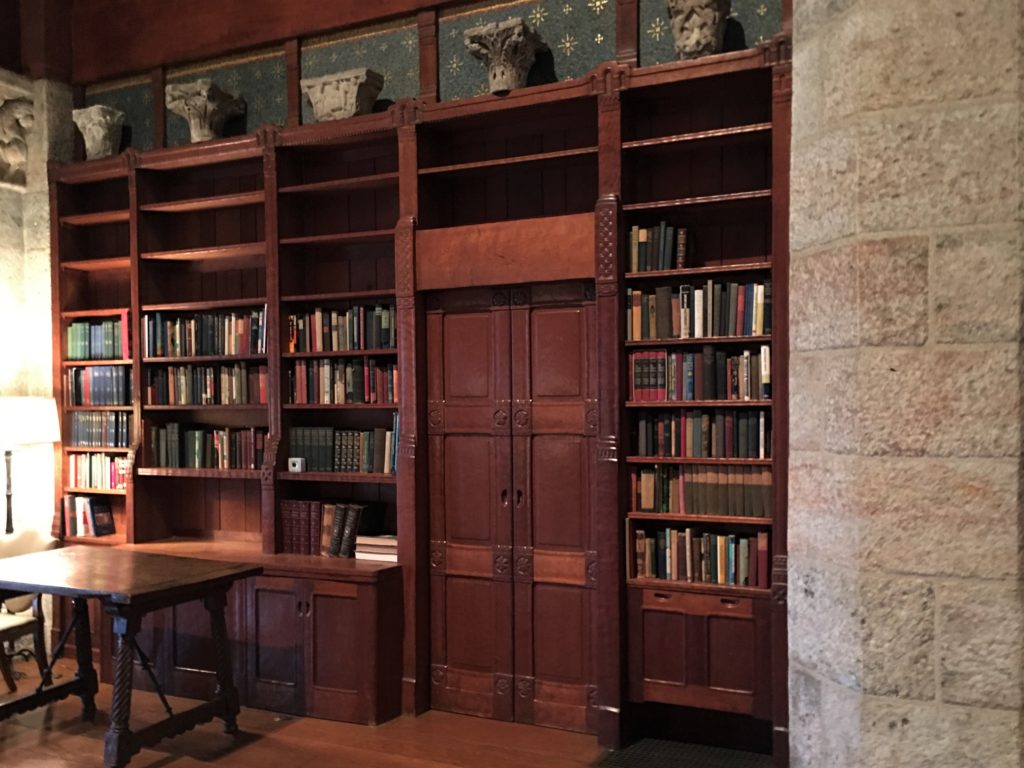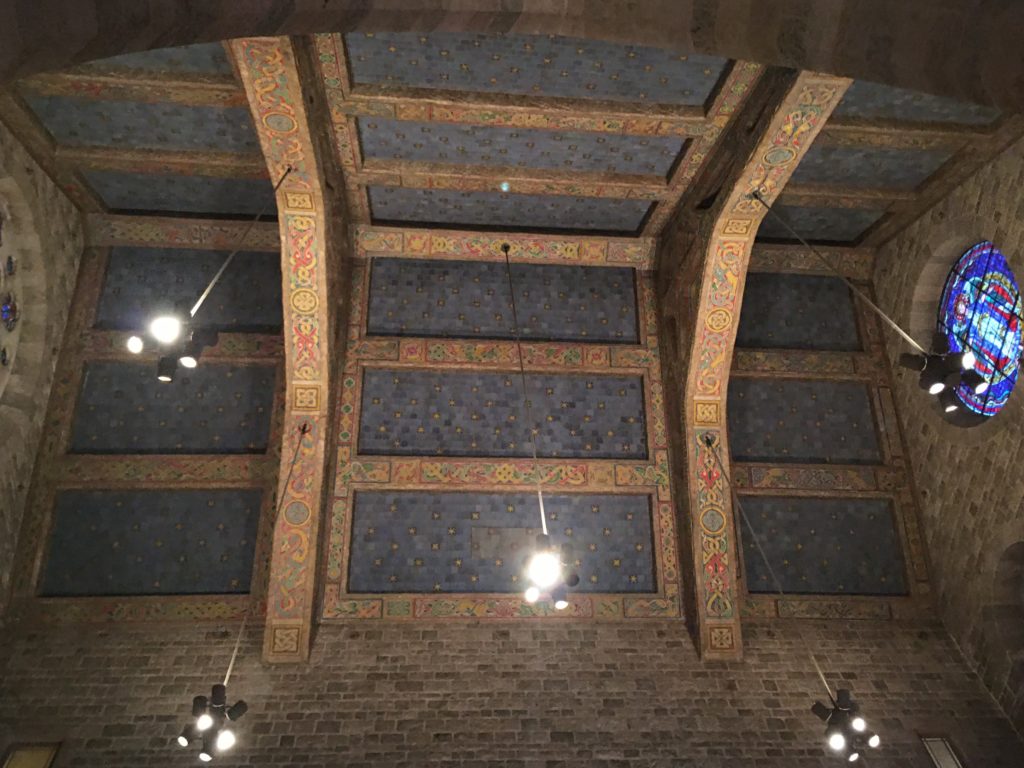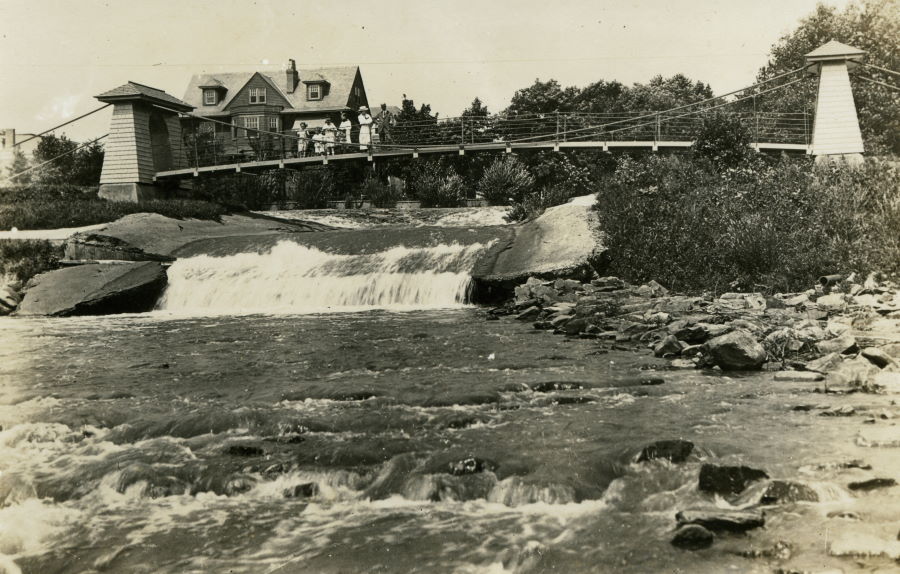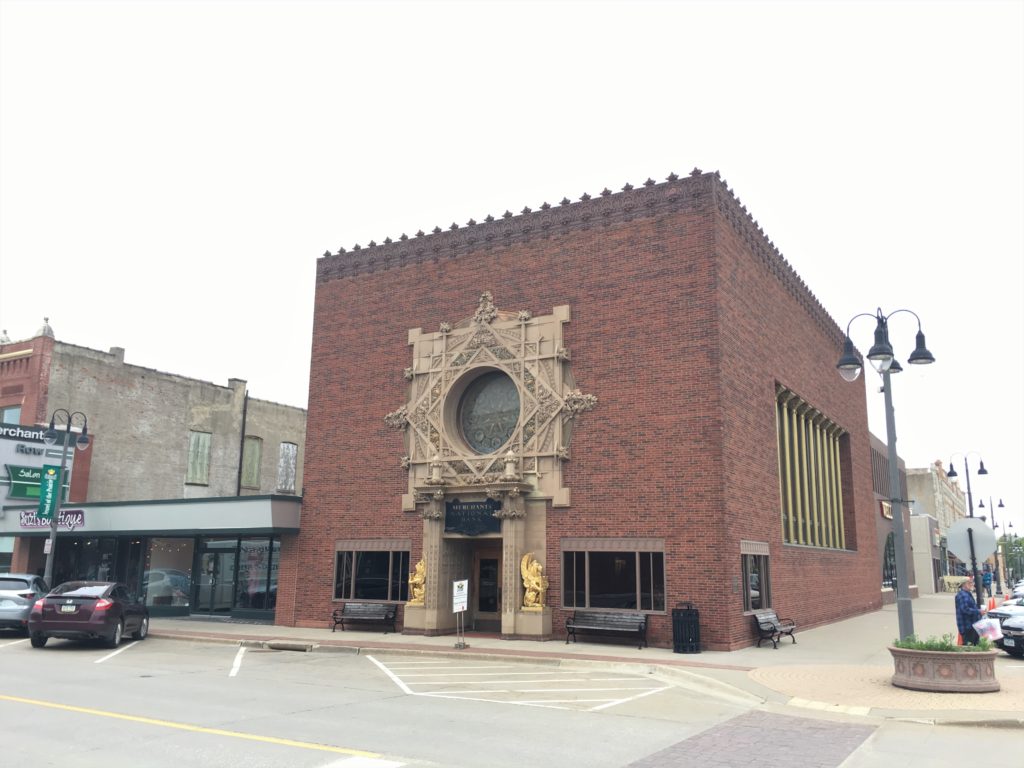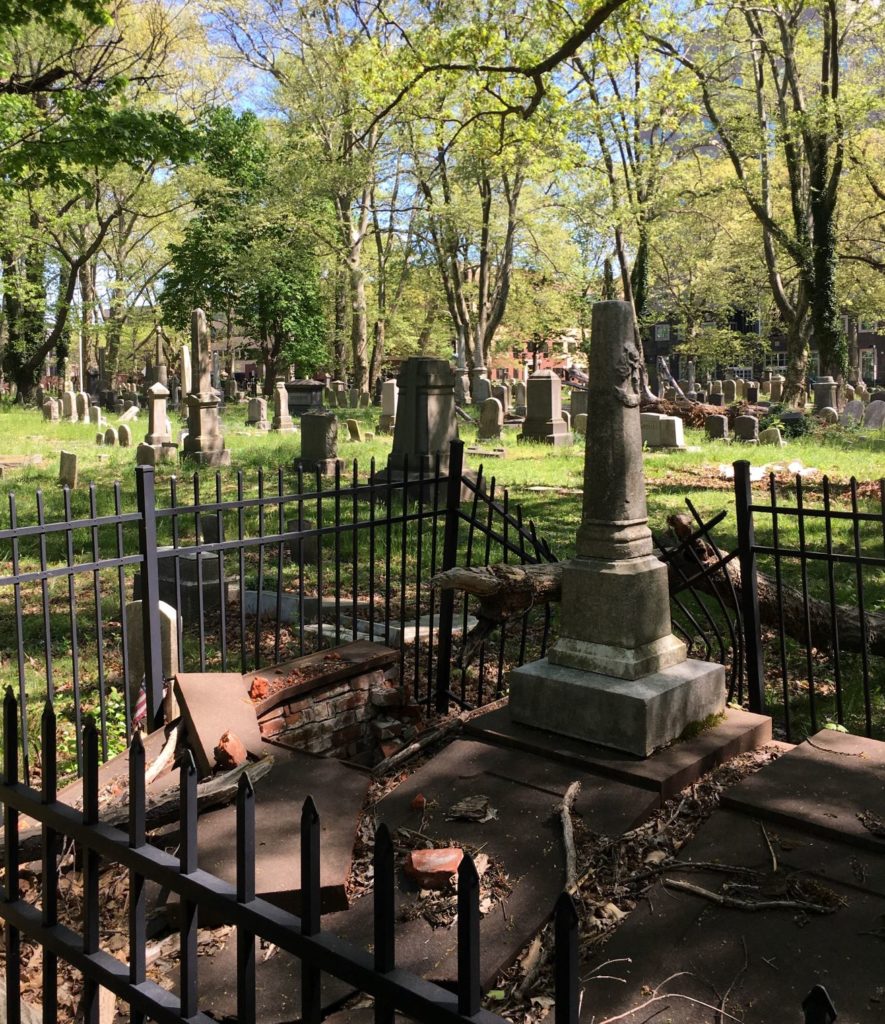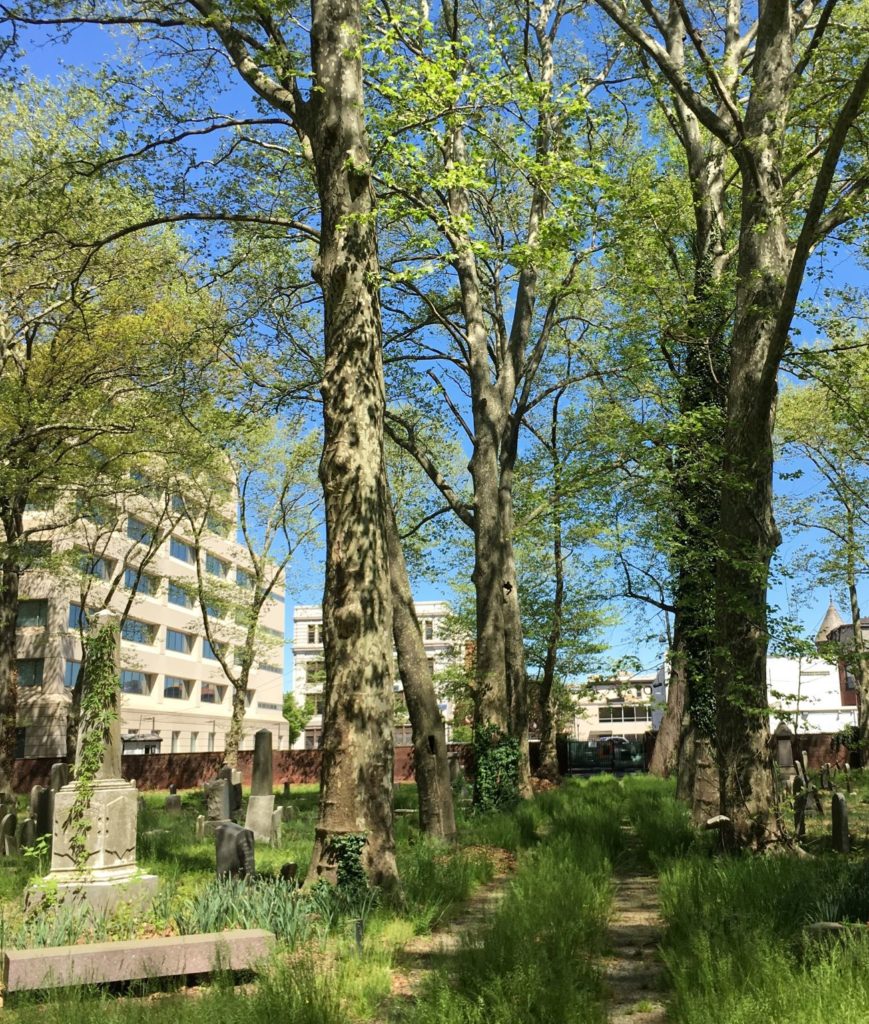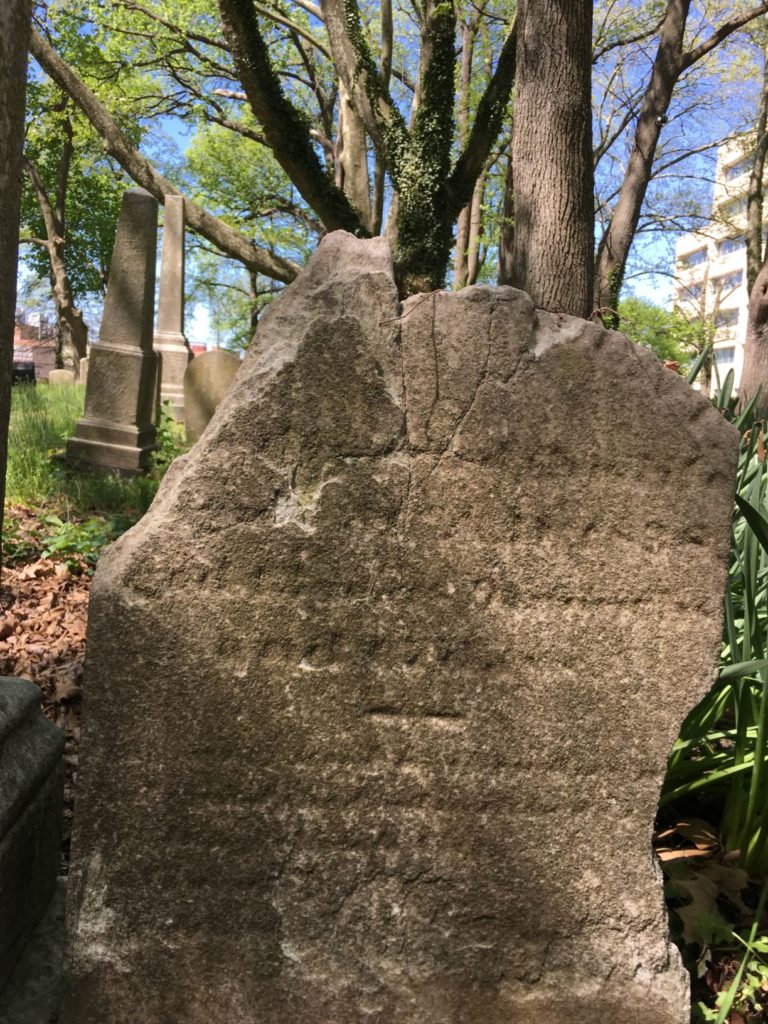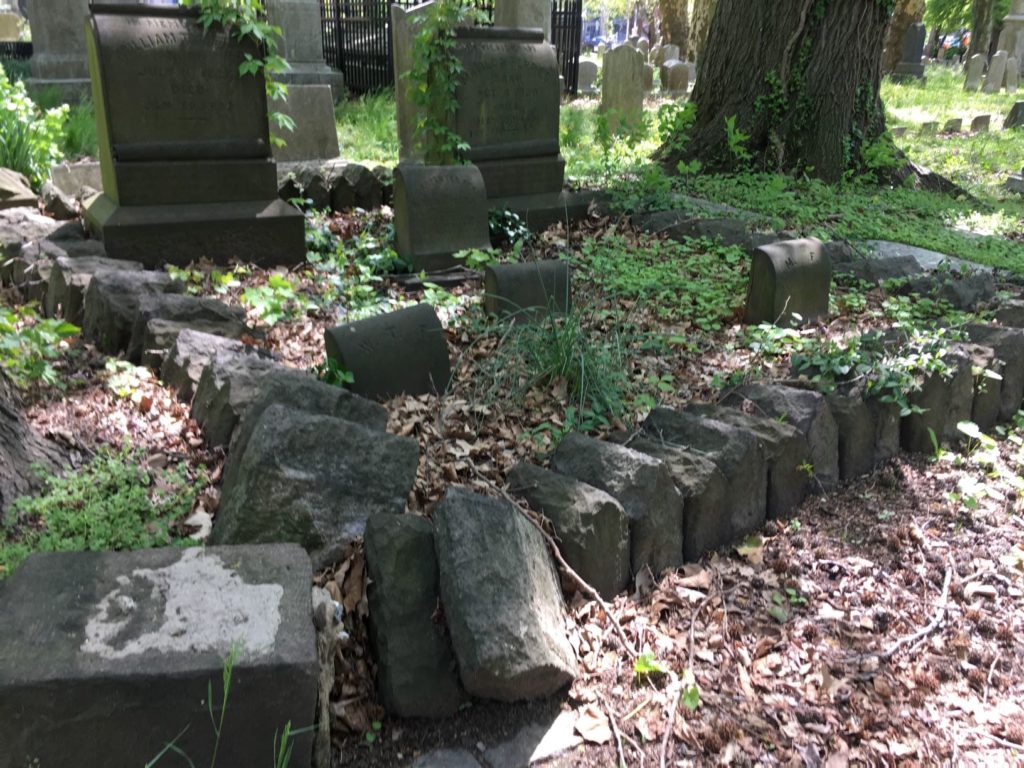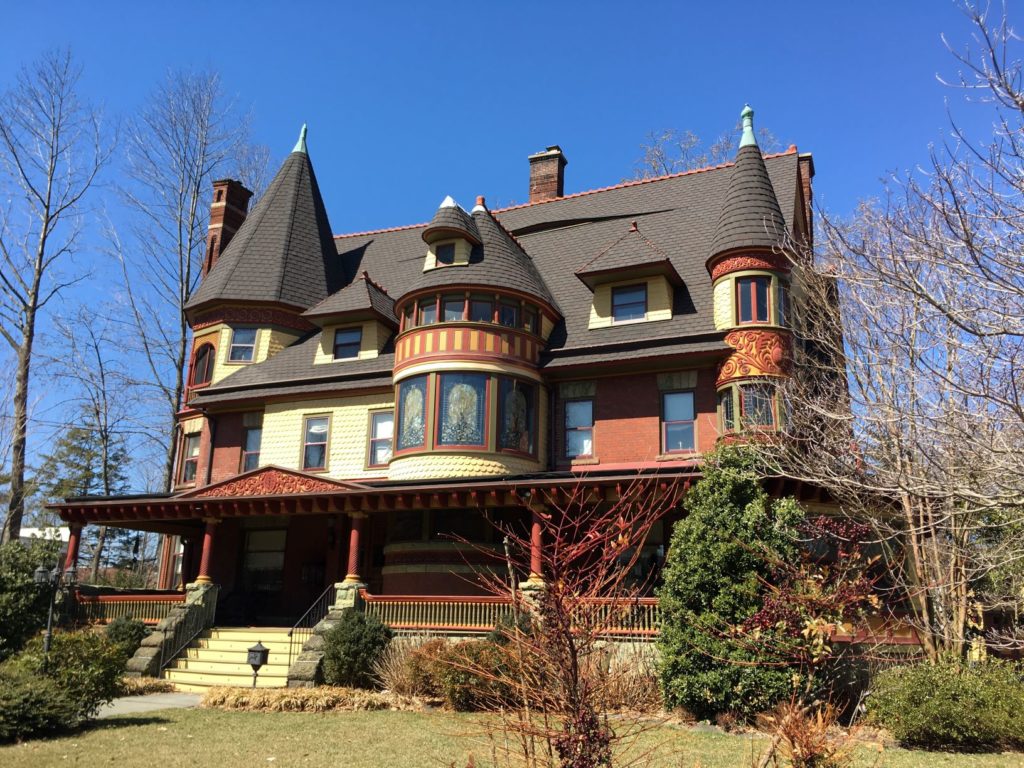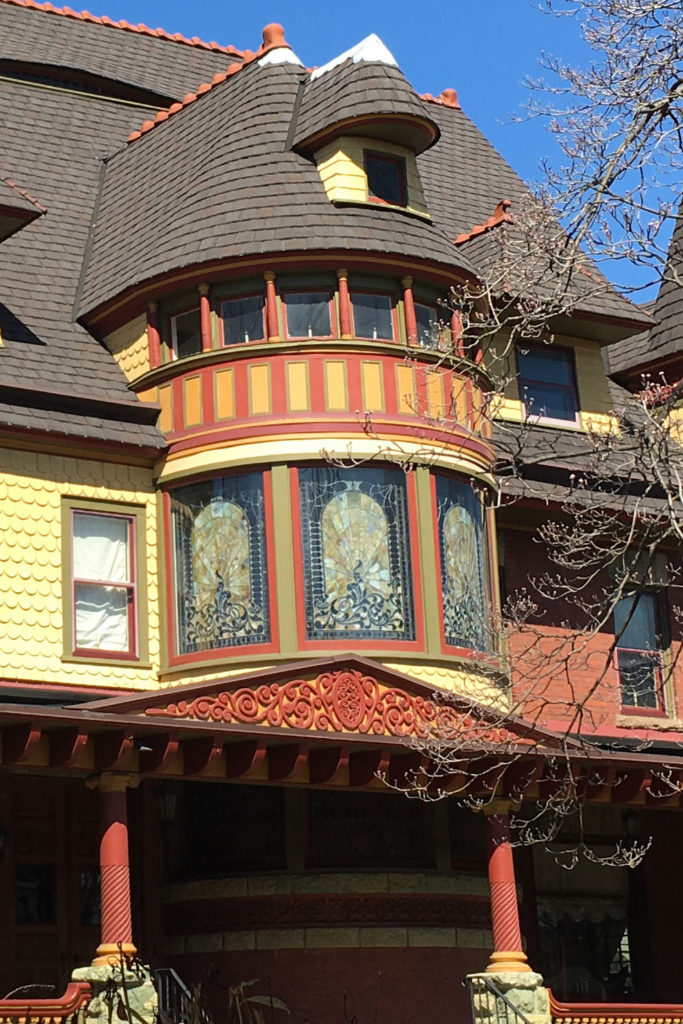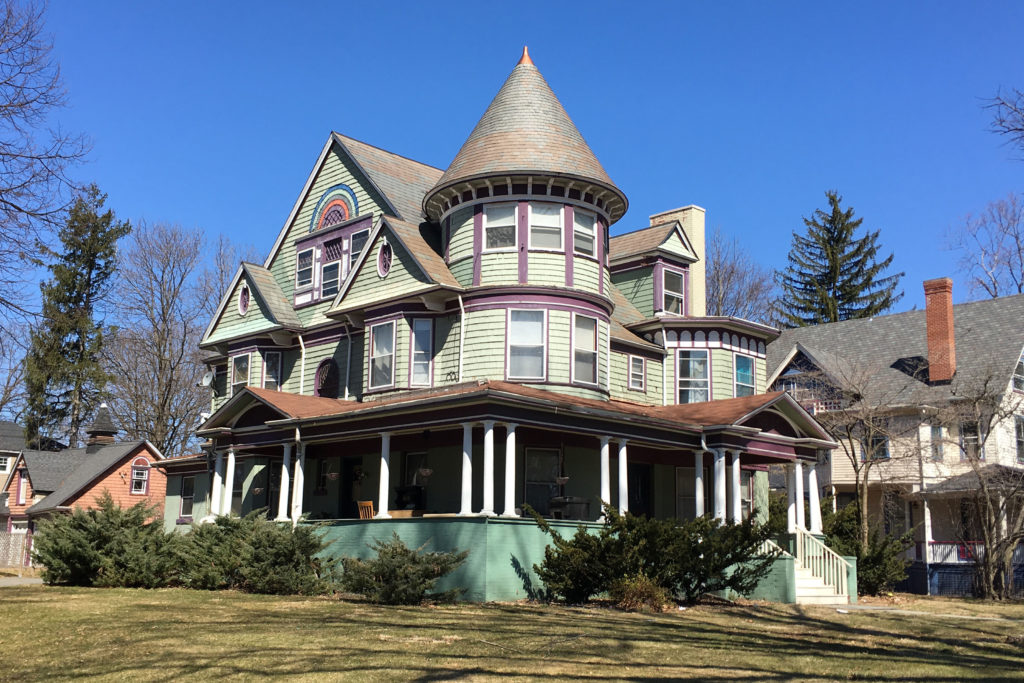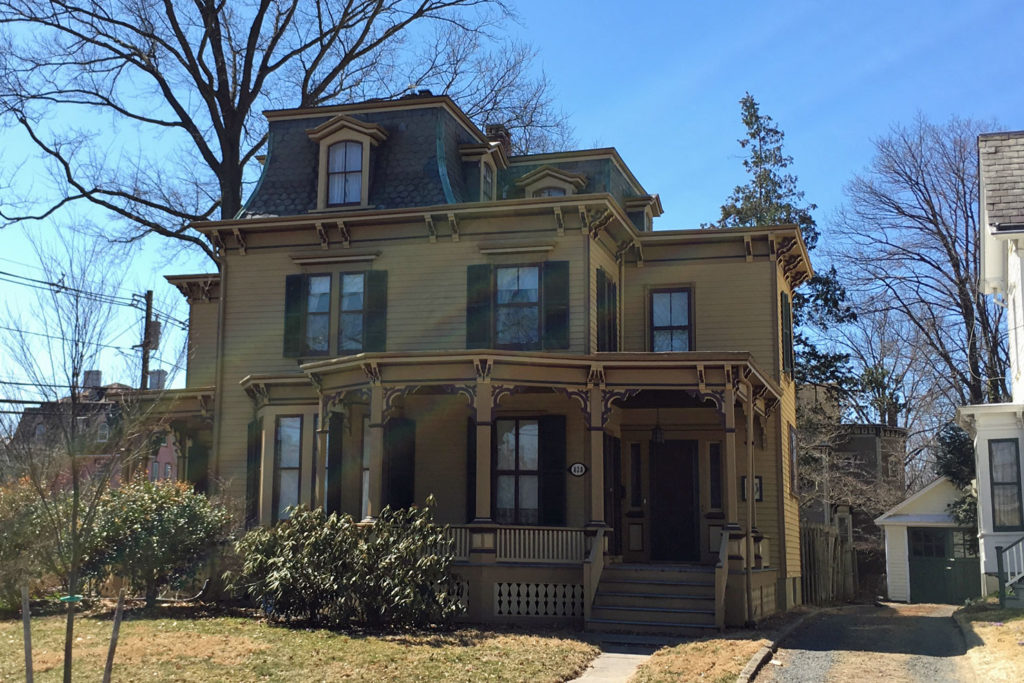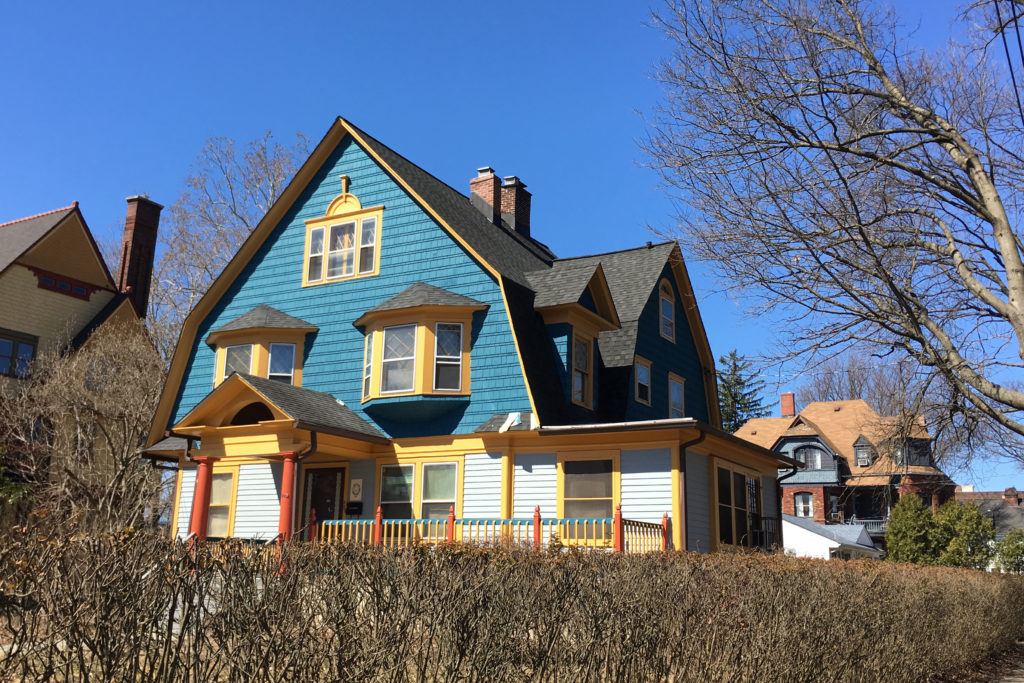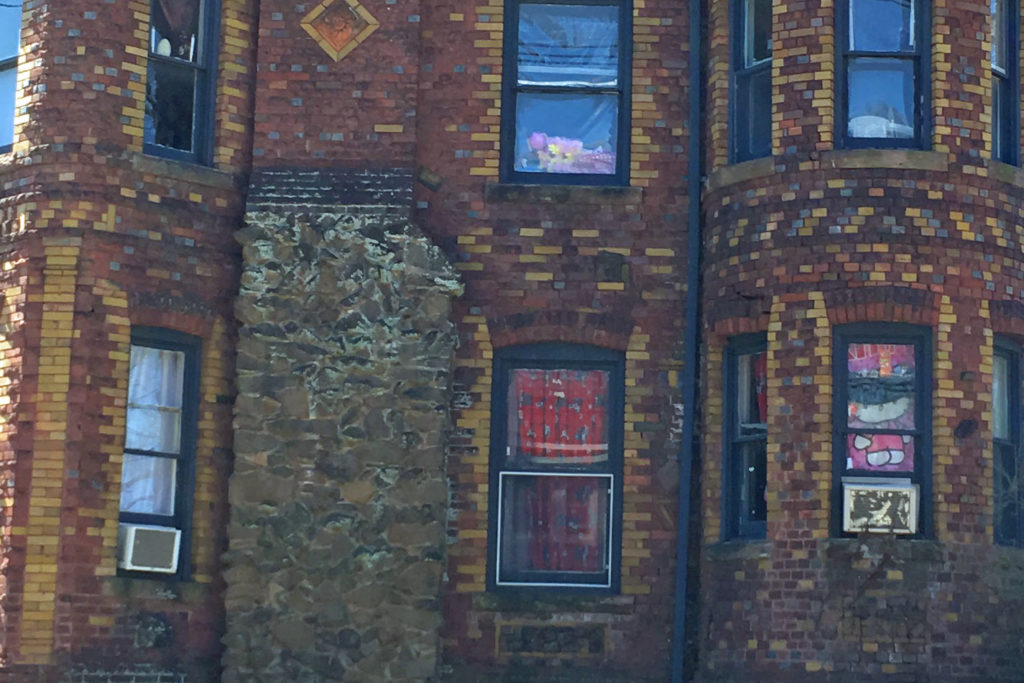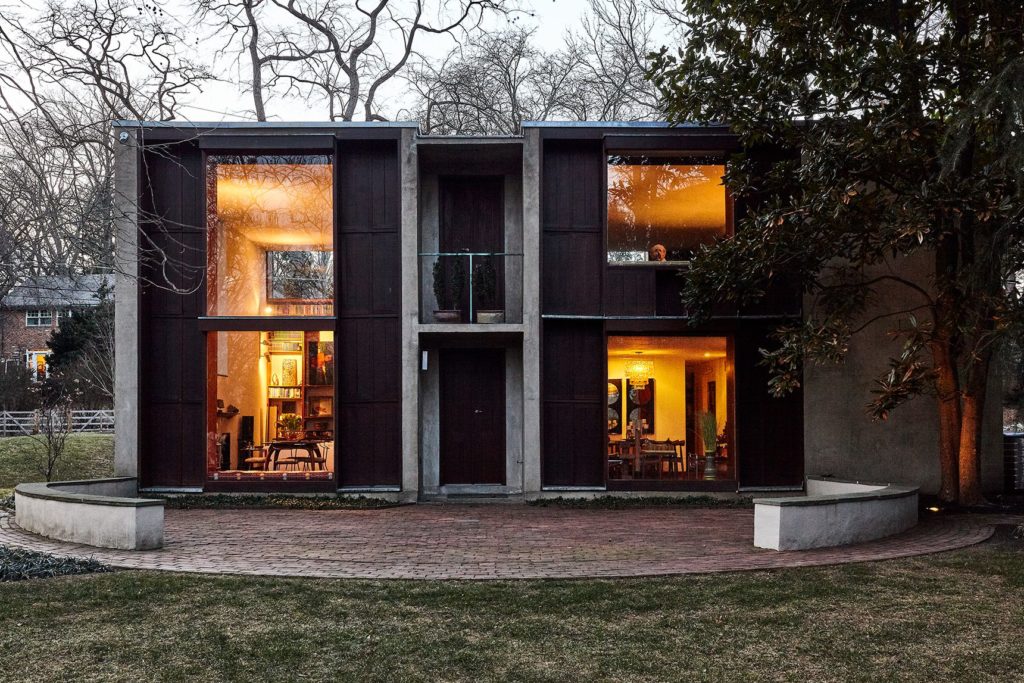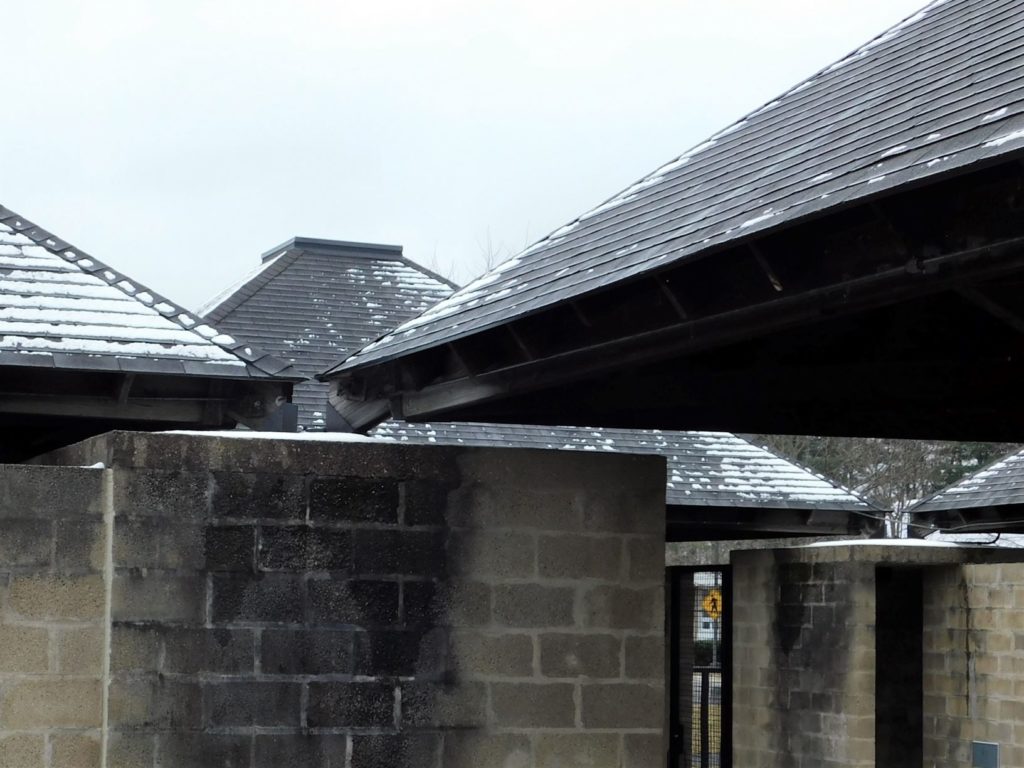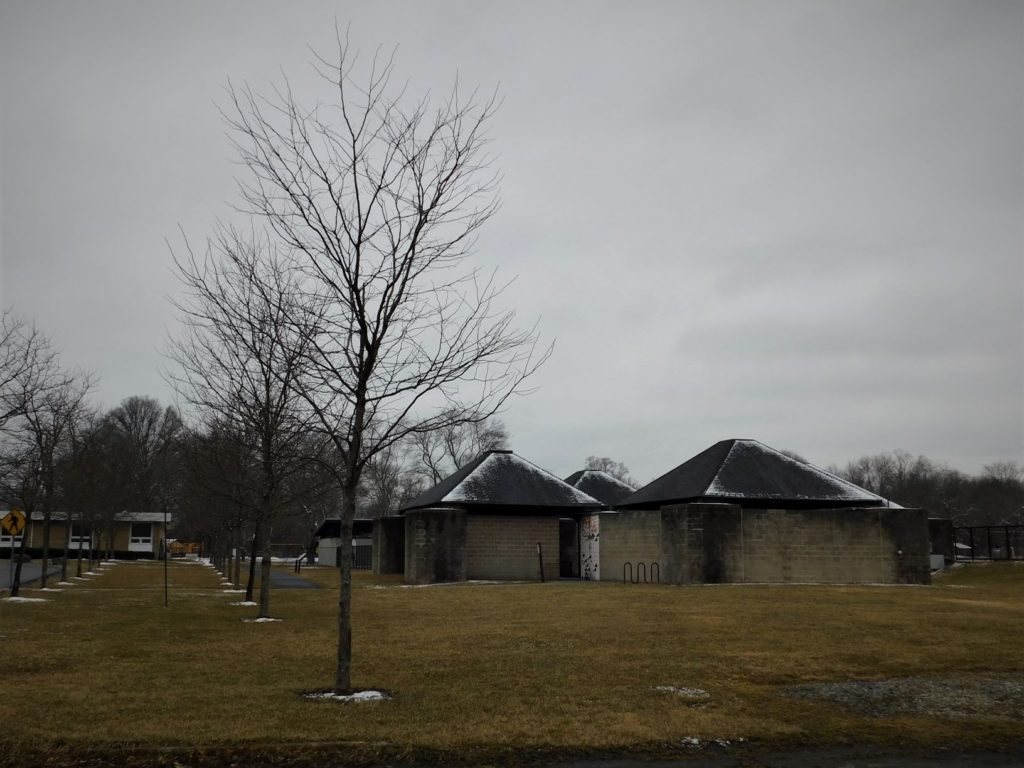
Glencairn was built by Raymond Pitcairn, “self-taught cathedral architect” (as his New York Times obituary described him) and heir to the massive empire created by his father, John, the founder of PPG industries.
After completing construction of the Bryn Athyn Cathedral of the The New Church, Pitcairn turned to building himself a new house. Located north of Philadelphia (the Philly skyline can be seen from the top of the mansion’s seven-story tower), it was designed by Pitcairn and constructed between 1928 and 1939, while Pitcairn was simultaneously fighting against Roosevelt’s New Deal. Glencairn is built in the Romanesque style out of hand-cut stone and concrete. It contains 90 rooms, including 17 bedrooms, a chapel, and the expansive living room, decorated with both actual Medieval-era items and modern recreations built by artisans in the same style.
